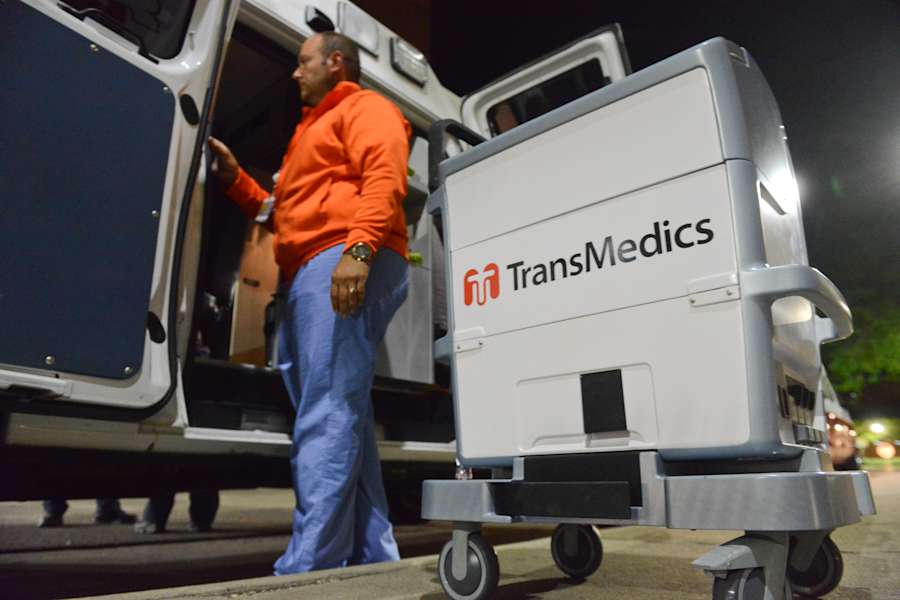Robotic surgery has transformed the way surgery is performed. While the basic process of kidney transplant surgery hasn’t changed in more than 60 years, robotic technology now allows transplant surgeons to do complex procedures in a minimally invasive way.
Both removal of the kidney from a living donor (donor nephrectomy) and placement of the kidney into a recipient (kidney transplantation) can be done with very small incisions and the assistance of a robot.
It’s important to note that the robot does nothing on its own. Every move of the surgical robot is controlled by a specially trained surgeon who is looking inside the patient with a high-definition camera that is feeding his screen. The images the surgeon sees are up to eight times the actual size, which allows the surgeon to adjust instruments and execute procedures that would be much more difficult with the naked eye or human hands.
Dr. Atsushi Yoshida, division head of transplant and hepatobiliary surgery at Henry Ford Hospital, explained that “advancement in technology, including high-definition images, television screens and artificial intelligence (AI), has allowed us to do what we initially thought was impossible or difficult. For example, complex liver surgery, robotic kidney nephrectomy and complex reconstruction post kidney and liver transplant, like ureteral reconstruction, are all possible because of robotic surgery.”
The current goal at Henry Ford is to make other surgeons across the country aware of the procedures they’ve perfected in Detroit.
“We have been called on to train about 70% of robotic surgeons across the United States to perform this minimally invasive procedure,” Yoshida said.
Looking ahead, Yoshida said he anticipates robotic liver transplant in the not-too-distant future, with robot-assisted pancreas transplant to follow.
Organs live -- and even get healthier -- en route to recipient
Since the earliest days of organ transplant, static cold storage (or putting organs “on ice”) has been the way organs are kept during transit from the donor to the recipient. In recent years, this has begun to change, thanks to normothermic perfusion systems like the TransMedics system used at Henry Ford Health.

While organs on ice were slowly dying -- making the transfer of an organ a race against time -- organs on a perfusion machine continue to live. They receive nutrition, oxygen and blood, just as if they were still inside a human body. This means hearts pump, lungs inflate, livers make bile and the time they can remain outside the body is increased up to 16 hours.
Dr. Marwan Abouljoud, director of Henry Ford transplant and hepatobiliary surgery, said, “During perfusion, the organ maintains a slightly lower body temperature. When transplanted, the organ does not need to warm and functions once the clamps are released.”
Normothermic machine perfusion (NMP) -- referred to, more simply, as perfusion technology -- has catapulted the advancement of transplant because it does several things to keep an organ healthier between removal and transplantation. The possibility exists to even treat an organ while it’s on the machine so that it arrives to the recipient healthier than when it left the donor.
“This technology means more usable organs will be available,” Abouljoud said. “With less time on the waiting list, recipients will not be as sick when receiving an organ. It also allows for the scheduling of transplants that are more convenient for everyone involved.”
“I would call NMP one of the most important advances … over the last two decades,” said Dr. Ahmen Nassar, Henry Ford abdominal transplant surgeon. “It will result in more organs being available for transplantation and more lives saved.”
Henry Ford Transplant currently uses perfusion technology on select cases involving the lungs, heart or liver.
To learn more about the transplant program at Henry Ford Health, click or tap here.



